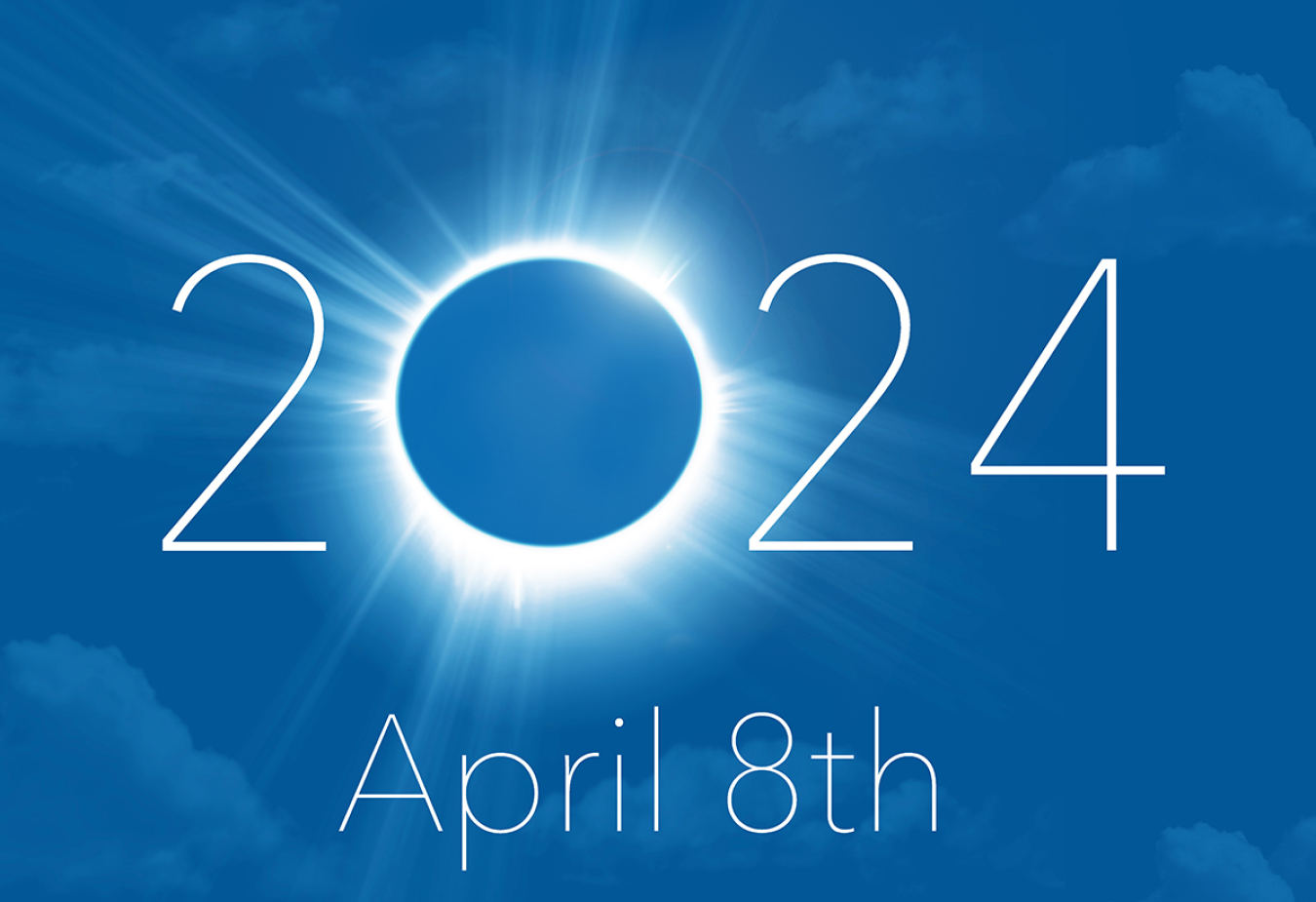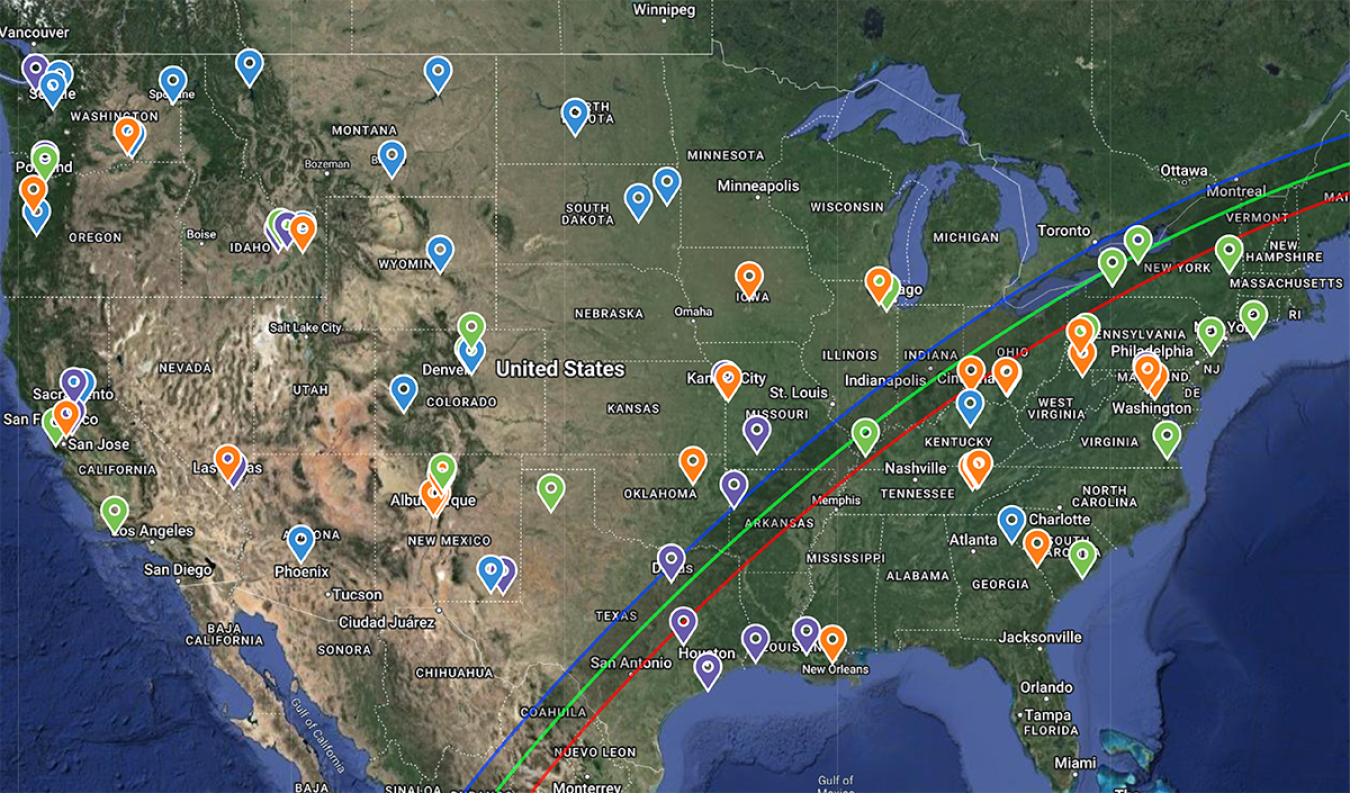Safety instructions for watching a solar eclipse.
Office of Environment, Health, Safety & Security
April 4, 2024
Do you know how to protect your eyes during a solar eclipse?
NASA’s Total Solar Eclipse FAQ (2024) emphasizes the importance of eye protection during a solar eclipse as, “you should never assume they can look away quickly enough to avoid eye damage because every person is different in terms of their retinal sensitivity, and you do not want to risk being the one who damages their eyes just to try to look at the sun.” Even during the partial phases of a solar eclipse, when 99% of the Sun’s surface is hidden, the residual crescent can cause a retinal burn (2024).
The following links provide tips to keep your eyes safe during the solar eclipse:
How to Safely Watch the 2024 Solar Eclipse - American Academy of Ophthalmology (aao.org)
Total Solar Eclipse Safety - NASA (science.nasa.gov)
Now that you are ready to safely view the solar eclipse, checkout our map of the 2024 Total Solar Eclipse Path across the DOE Complex. The first place in North America to witness totality will be the Pacific Coast of Mexico, occurring approximately at 11:07 AM (NASA, 2024). To find the best viewing time for your location see:
2024 Total Solar Eclipse Path Across All Department of Energy (DOE) Sites

References
American Academy of Ophthalmology. (2024). How to Safely Watch the 2024 Solar Eclipse.
https://www.aao.org/eye-health/tips-prevention/how-to-safely-watch-great-american-eclipse-of-2017
Eclipse Soundscapes. (2024). Solar Eclipse Lookup Tool. https://eclipsesoundscapes.org/eclipse-lookup-tool/
NASA. (2024). 2024 Total Solar Eclipse. https://science.nasa.gov/eclipses/future-eclipses/eclipse-2024/
NASA. (2024). Total Solar Eclipse FAQ. https://science.nasa.gov/eclipses/future-eclipses/eclipse-2024/faq/
NASA. (2017). Types of Solar Eclipses. https://science.nasa.gov/eclipses/types/
National Solar Observatory. (2024). Total Solar Eclipse. https://nso.edu/for-public/eclipse-map-2024/
Office of Environmental, Health, Safety and Security. (n.d). DOE USACCESS MAP. https://ehss.energy.gov/doeusaccessmap/

